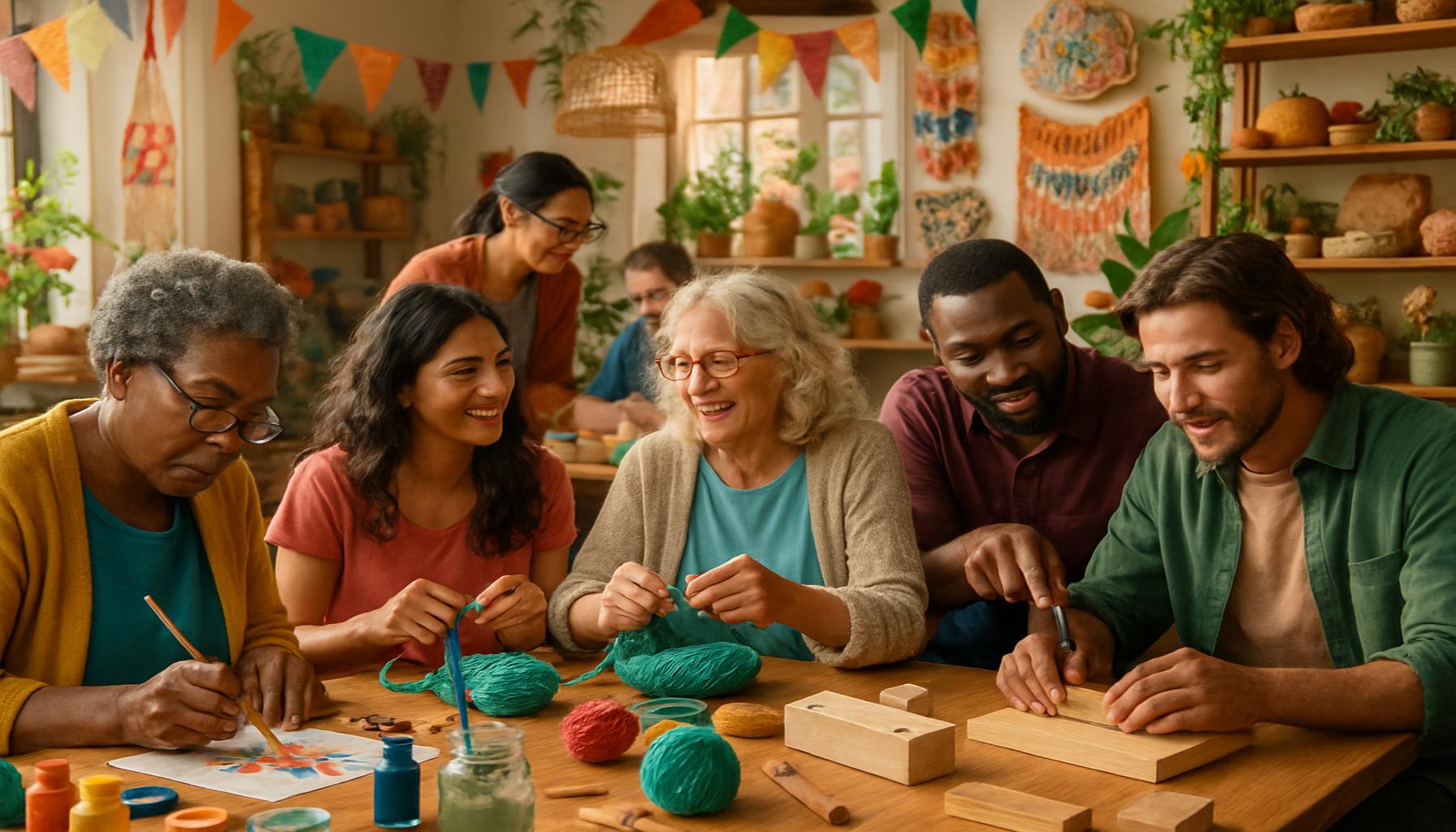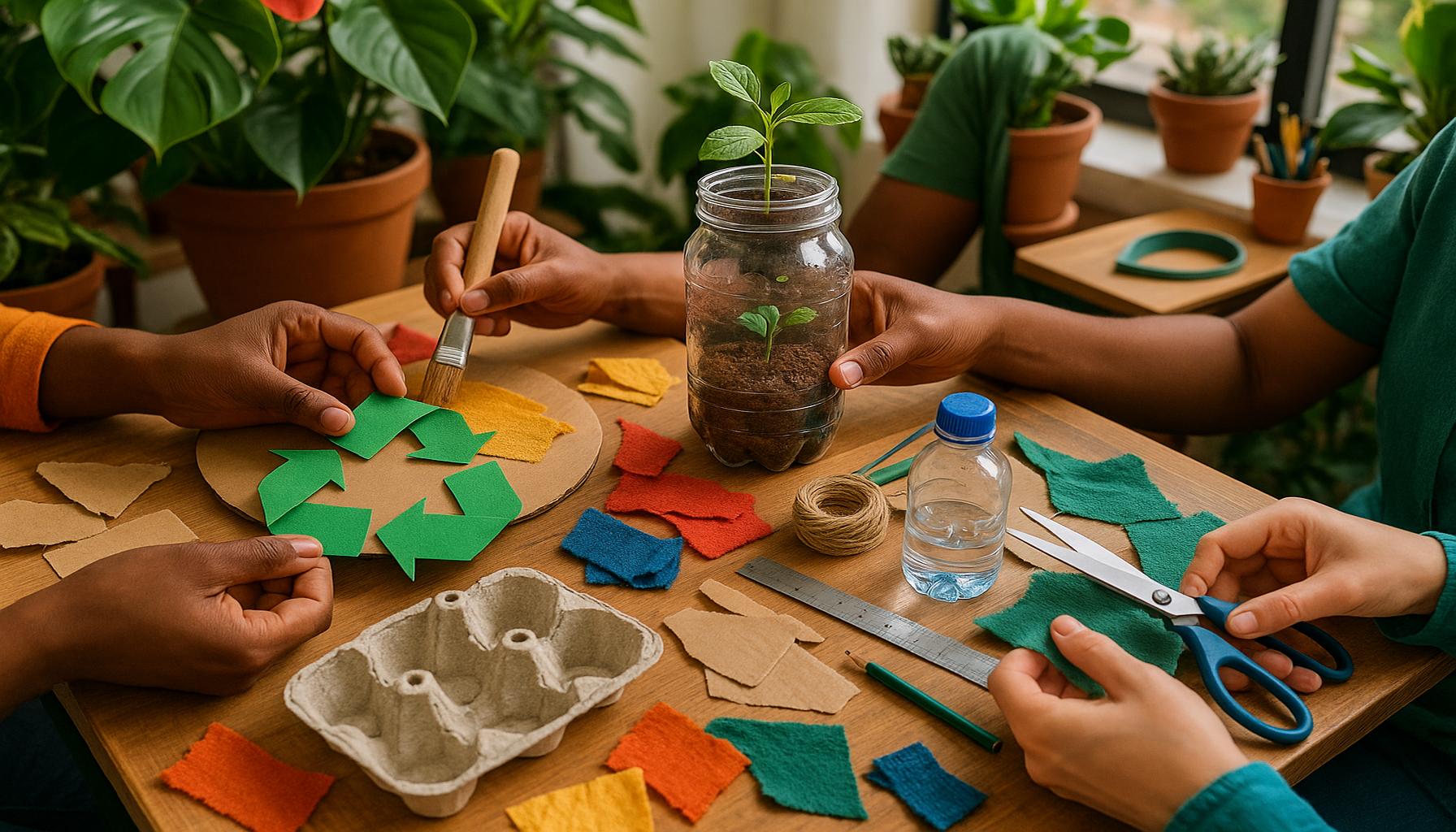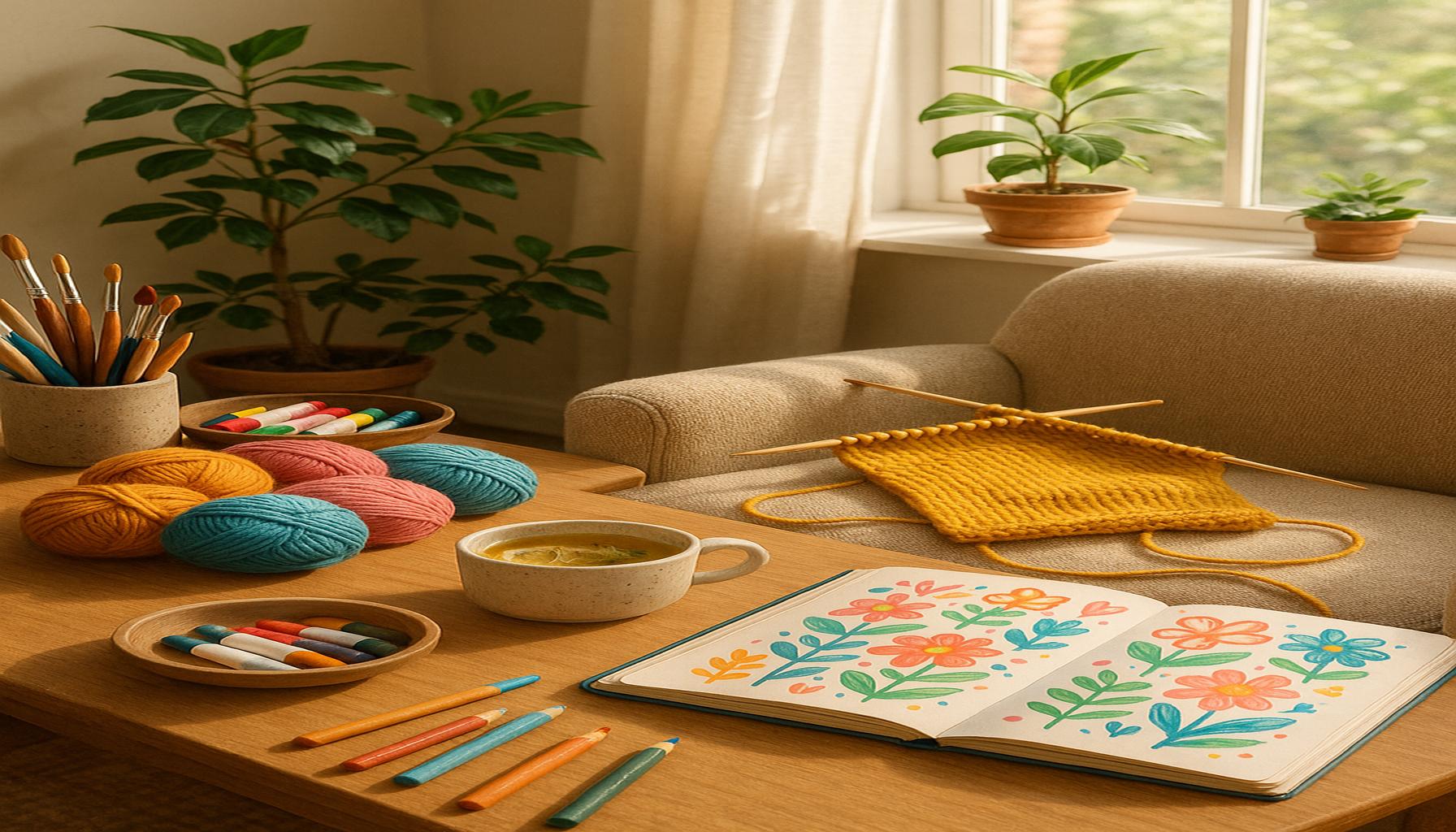The Crafting Therapy: Emotional and Mental Benefits of Creating by Hand
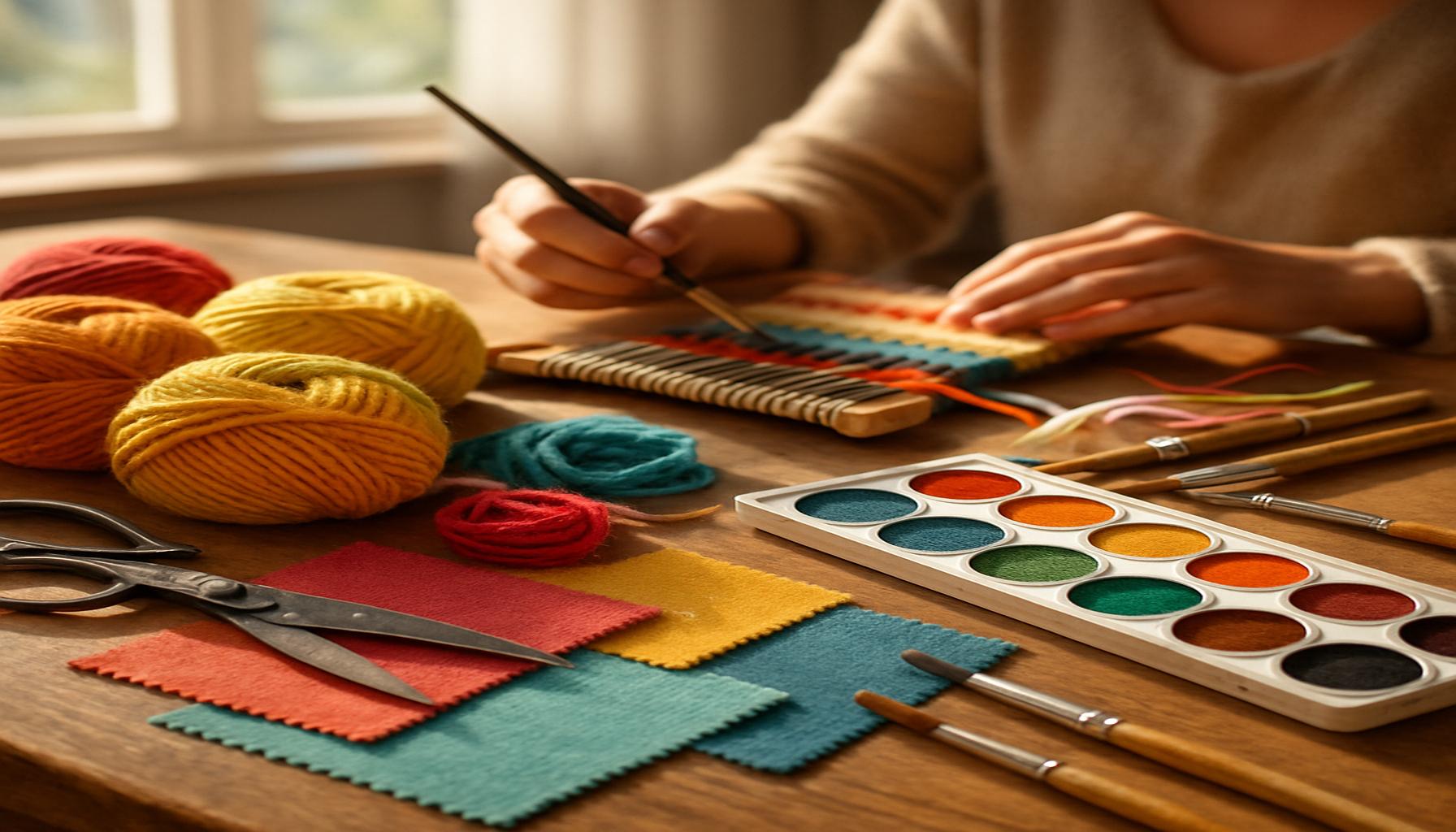
Unveiling the Benefits of Hand-Crafting
In today’s fast-paced world, creating by hand has emerged as a powerful outlet for emotional and mental well-being. Modern life is often characterized by relentless speed and technological distractions, leaving many seeking solace in the meditative act of crafting. Engaging in crafts such as knitting, painting, pottery, or woodworking not only stimulates the mind but also fosters a profound sense of purpose and accomplishment.
Why Crafting Matters
Handcrafting activities yield a multitude of benefits that extend beyond mere hobbyist pursuits:
- Stress Reduction: The immersion in a crafting task can serve as an effective distraction from daily stressors. Techniques like knitting can have a rhythmic quality that promotes mindfulness, allowing you to momentarily set aside worries and anxieties.
- Enhanced Mood: Engaging in creative processes has been shown to elevate serotonin levels, a chemical in the brain that helps regulate mood. This effect can elucidate why many individuals report an increased sense of happiness after spending time on crafts.
- Improved Focus: Crafting demands attention and precision, improving concentration skills that translate into various aspects of life, from professional projects to personal relationships.
Furthermore, studies have shown that individuals who partake in regular crafting often report feeling a deeper sense of community and connection. Crafting groups or classes, whether in-person or online, create a space for individuals to bond over shared interests. Social media platforms have proven beneficial as well, as crafters share their projects and experiences, leading to lasting friendships.
Discovering Your Craft
Whether you’re a novice or a seasoned artist, an array of crafts awaits your exploration. Popular DIY options in the United States include:
- Quilting: This time-honored technique allows individuals to create functional art, often filled with personal significance, making it a cherished way to tell a story through fabric.
- Pottery: Crafting pottery gives the unique opportunity to mold clay into beautiful, utilitarian pieces. Many communities offer classes that teach the basics, providing access to a fulfilling artistic outlet.
- Scrapbooking: This creative avenue combines artistry and storytelling, allowing individuals to capture memories in a visually captivating format—perfect for preserving family history and cherished moments.
As we delve deeper into the world of crafting therapy, you’ll uncover the transformative power that creating by hand can offer. Stories of personal growth, artistic expression, and the joy of making something uniquely yours will undoubtedly inspire you to pick up tools and materials. The invitation to explore this enriching realm of handcrafting is open—prepare to embark on a journey that could change your life in unexpected ways.
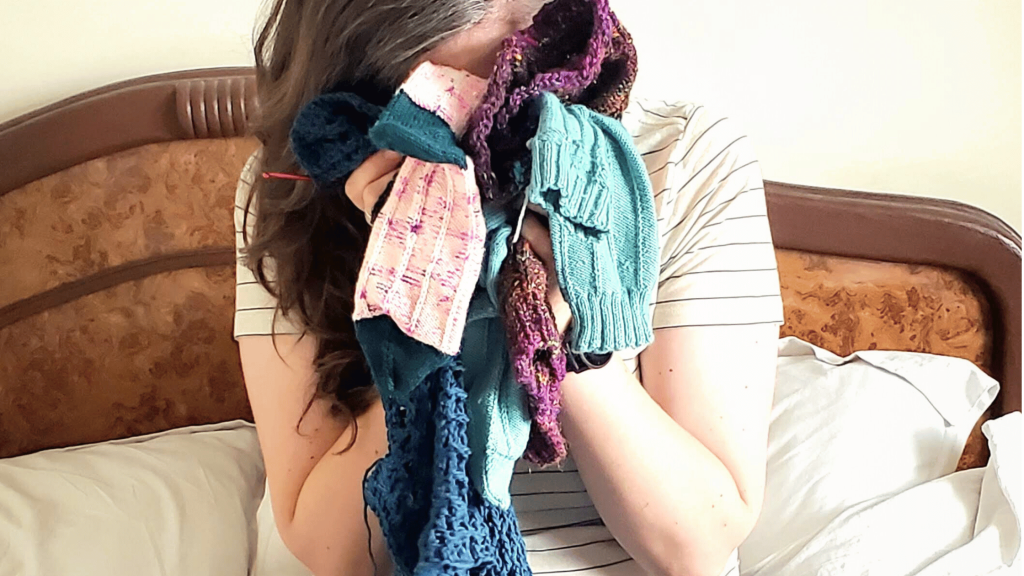
DISCOVER MORE: Click here to dive into the evolution of crafting
Exploring the Therapeutic Aspects of Crafts
The act of creating by hand transcends the simple task of assembling materials; it becomes a therapeutic journey that nurtures emotional and mental health. This journey is often rooted in historical practices where crafting was integral to community life and individual expression. In contemporary society, the revival of these hand-crafting activities reflects a growing recognition of their potential to enhance well-being.
The Science Behind Crafting Therapy
Research in the fields of psychology and neuroscience has elucidated the various ways crafting can positively influence mental health. Engaging in hands-on activities not only fosters creativity but also stimulates areas of the brain associated with reward and fulfillment. The following insights illustrate the profound connections between crafting and mental wellness:
- Cognitive Engagement: Crafting engages the brain in complex problem-solving. Whether it’s following a knitting pattern or choosing colors for a painting, these tasks require critical thinking and decision-making, enhancing cognitive resilience.
- Physical Coordination: The fine motor skills involved in crafting improve dexterity and coordination. Activities such as sewing or sculpting can serve as occupational therapy for those recovering from injuries or looking to maintain physical agility.
- Emotional Expression: Crafts provide a non-verbal means of expressing emotions. Creating a piece of art can serve as an outlet for processing feelings of sadness, anger, or joy, enabling individuals to convey their inner thoughts and experiences in a tangible way.
Moreover, for many, crafting acts as a form of mindfulness. Engaging in repetitive actions can lead to a meditative state that reduces anxiety and promotes relaxation. This phenomenon is particularly prevalent in crafts such as knitting, where the rhythmic motions and focus on the task at hand can help quiet the mind and foster a sense of peace.
Crafting Communities: The Power of Connection
Beyond the individual benefits, hand-crafting creates a sense of community and belonging. Workshops, craft fairs, and online forums dedicated to various crafts encourage social interaction among like-minded individuals. Building connections can significantly alleviate feelings of loneliness and isolation, which are common in today’s society.
For example, local quilting bees or knitting circles often become safe spaces for sharing stories, offering support, and fostering friendships. These gatherings not only enhance social skills but also promote a sense of shared achievement as participants work collaboratively on projects. The act of creating together strengthens bonds and builds a network of support that is vital for emotional well-being.
The exploration of crafting as a therapeutic avenue is not merely a trend but an essential practice with deep-rooted benefits. As we continue to uncover the emotional and mental advantages of creating by hand, more individuals may be inspired to embrace their creativity and join this enriching journey of self-discovery and healing.
The Crafting Therapy: Emotional and Mental Benefits of Creating by Hand
Engaging in creating by hand is more than just a hobby; it is a profound therapeutic experience that delivers a range of emotional and mental benefits. Each stroke of a paintbrush, each stitch in a quilt, and each carefully crafted piece of pottery not only showcases creativity but also serves as a vital tool for emotional resilience. Below, we explore some key advantages of this compelling practice.
| Advantage | Description |
|---|---|
| Stress Relief | Engaging in crafts can act as a form of meditation, allowing individuals to focus, which can significantly reduce stress levels. |
| Boosts Mood | Creating by hand has been shown to release dopamine, enhancing feelings of happiness and fulfillment while combating feelings of anxiety and depression. |
As we delve deeper into these advantages, we uncover how crafting not only stimulates our creativity but also fortifies our mental well-being. Whether through knitting, painting, or woodworking, the act of creating provides a refuge in our busy lives, fostering a sense of accomplishment. This unique approach to therapy empowers individuals to explore their inner worlds and brings about a significant shift in emotional balance.
Moreover, personal projects can lead to a deeper connection with oneself and others, elevating the social atmosphere around shared crafting experiences. Participants often share resources, ideas, and camaraderie, fostering a supportive community that thrives on creativity. The way these activities blend artistic expression with emotional therapy makes them a powerful tool for enhancing well-being.
DIVE DEEPER: Click here for more insights
The Transformative Impact of Crafting on Mental Health
The therapeutic effects of crafting extend far beyond a simple hobby; they can play a pivotal role in navigating emotional landscapes and fostering mental strength. The unique ability of handcrafting activities to anchor individuals, particularly in times of stress or transition, has been increasingly recognized by mental health experts and practitioners.
Crafting as a Coping Mechanism
In times of crisis or personal upheaval, creative endeavors often emerge as vital coping mechanisms. Studies suggest that individuals experiencing anxiety or depression can find solace in tactile activities. The American Journal of Public Health highlighted that participants engaging in crafts reported significant decreases in stress levels and improvements in mood during challenging periods. The process of focusing on a craft can create an emotional buffer, interrupting train-of-thought patterns that contribute to anxiety, making room for mindfulness and present-moment awareness.
Moreover, the act of creating provides a sense of control. In an unpredictable world, managing the entire crafting process—from choosing materials to executing a vision—can offer a renewed sense of agency and accomplishment. For instance, someone recovering from trauma might use collage-making to piece together elements that reflect their journey, thus reclaiming narratives that feel fragmented.
Cognitive Benefits and Personal Growth
Engaging in crafts also supports cognitive development and personal growth. Activities like woodworking or pottery require planning, spatial awareness, and mathematical skills, which can stimulate critical thinking and innovation. This cognitive engagement not only enhances skills but also contributes to long-term brain health. A study published in the journal Neuropsychology indicated that individuals who regularly participate in creative pursuits boast greater neuroplasticity and improved memory functionality.
In addition, crafting encourages the development of a growth mindset. As individuals face challenges inherent to the crafting process—be it a sewing project that doesn’t come together as planned or an art piece that doesn’t meet expectations—they learn resilience and problem-solving skills. This resilience can spill over into other areas of life, leading to greater emotional stability and confidence in tackling adversities.
The Healing Power of Creating Connections
While crafting fosters personal healing, it also provides paths to social engagement. Participating in craft workshops or community projects can lead to new friendships, creating networks of support that are crucial for mental health. Research indicates that the collaborative aspect of crafting—whether through group knit-alongs or shared pottery classes—can amplify feelings of belonging and self-worth.
Furthermore, the intergenerational aspect of crafting—where skills are passed down through generations—can strengthen familial ties and create shared experiences. Crafting projects can become family traditions, allowing older generations to share stories and knowledge with younger ones, thus enriching familial bonds and promoting emotional connectedness.
As the movement toward crafting therapy gains momentum in therapeutic settings across the United States, practitioners are exploring diverse crafting avenues as effective tools for healing. Programs integrating art therapy techniques are emerging in schools, community centers, and wellness programs, showcasing the vital role that creative expression plays in fostering emotional resilience and mental well-being.
DISCOVER MORE: Click here to dive into different literary genres
Conclusion: Embracing the Healing Power of Crafting
As we navigate the complexities of modern life, the importance of mental well-being cannot be overstated. The crafting therapy transcends traditional perceptions of art as merely a pastime, revealing a profound source of emotional and mental healing. Engaging in manual creations not only provides a means of self-expression but also serves as a powerful coping mechanism against anxiety, depression, and stress.
Through crafting, individuals experience numerous benefits, including enhanced cognitive function and the development of resilience—qualities that are vital for personal growth. By tackling challenges in projects, one learns to adapt and cultivate a growth mindset that extends beyond the workspace. Moreover, the social opportunities afforded by communal crafting activities can significantly enhance feelings of connection and support, which are essential for overall mental health.
Ultimately, crafting therapy opens doors to a wealth of emotional relief and cognitive stimulation, making it a valuable addition to therapeutic practices across communities in the United States. As workshops, schools, and wellness programs increasingly embrace this hands-on approach, it is evident that crafting can transform lives—one stitch, pot, or brushstroke at a time. So, whether you’re a novice or a seasoned creator, consider integrating more crafting into your routine. You might discover not just a hobby but a sanctuary for your mind and heart.
For those interested in exploring more about the mental health benefits tied to creative pursuits, numerous resources and local workshops are available, inviting everyone to partake in this enriching journey of self-discovery and healing.
